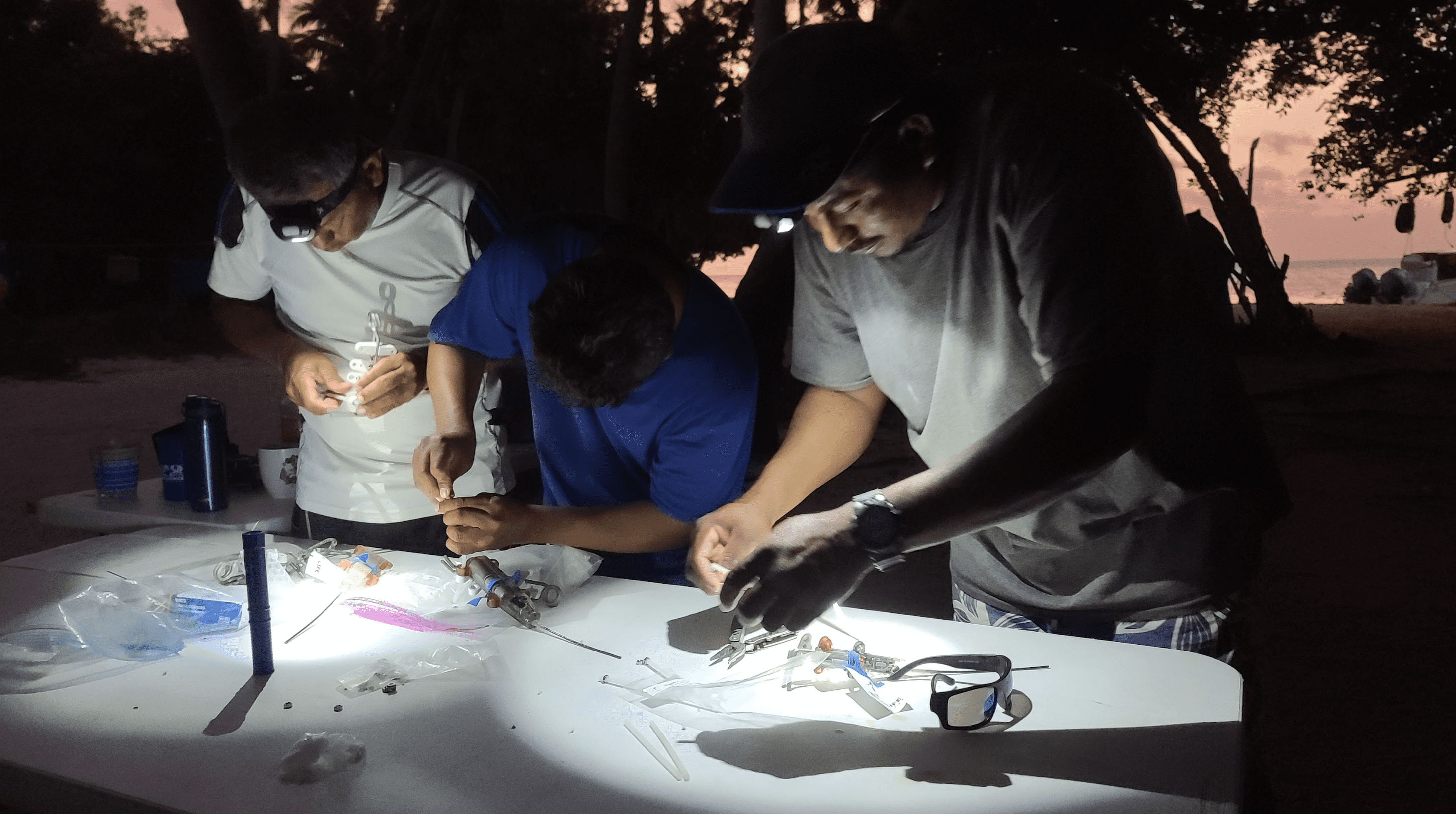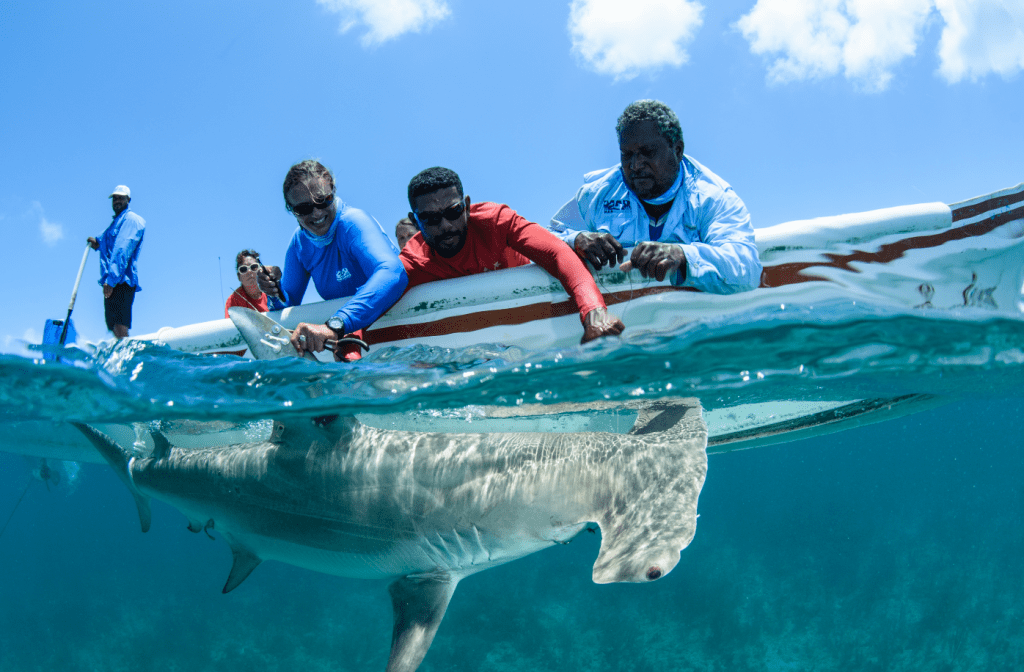TRACKING
Track satellite tagged marine wildlife with us.
Our tracking site is helping to share the movements of animals we tag during our field work. We use satellite tagging technologies to monitor their movements in near real-time to better understand their environmental, habitat and seasonal preferences and the potential threats they face.
Explore our map to learn more about the movements
and behaviour of marine megafauna!
Learn more marine megafauna species through our species guide below
Adopt a Tracked Animal
Looking to make a positive difference in marine wildlife? Adopting a shark, ray, or sea turtle is an incredible way to support our efforts. Contact us today to indicate your preferred tracked animal for adoption and take a step toward conservation! Your symbolic, tax-deductible adoption supports our work to protect endangered marine megafauna and their habitats, while also enabling collaboration with local communities. Adoption isn’t just for individuals—it’s a perfect fit for groups, students, and organizations seeking to make a meaningful impact.
Certain adoption packages grant you the unique privilege of naming your adopted animal. Our database is filled with animals awaiting, so we invite you to lend your creative touch to name them!
How do we monitor marine wildlife?
Tracking the movements of underwater animals can be challenging since they are not visible most of the time. To study their behavior, we use different tags that provide detailed information on their location, depths, and temperatures.
Satellite tags, which act as mini-computers, are excellent tools for understanding how marine animals move during short periods. These tags transmit stored data to satellites and offer valuable insights into the animals’ behavior.
We use different satellite tags depending on the species we study and the information we need. For instance, we use ‘SPOT’ tags to study turtles and some shark species that come to the surface regularly. For other species, such as whale sharks, we use ‘pop-up” tags that store all data until a pre-programmed date when the tag releases from the animal and floats to the surface. Retrieving the tags is beneficial since they hold more detailed data than can be transmitted to the satellites.
By using these tracking tools, we can gather critical information about the habits and movements of marine animals.


How can I support marine conservation efforts?
Every donation, no matter how small, helps us make a difference in protecting endangered marine megafauna, their habitats and allows us to keep collaborating and working with local communities.
You can also support us by following us on our different social media channels and helping us broadcast our work!
